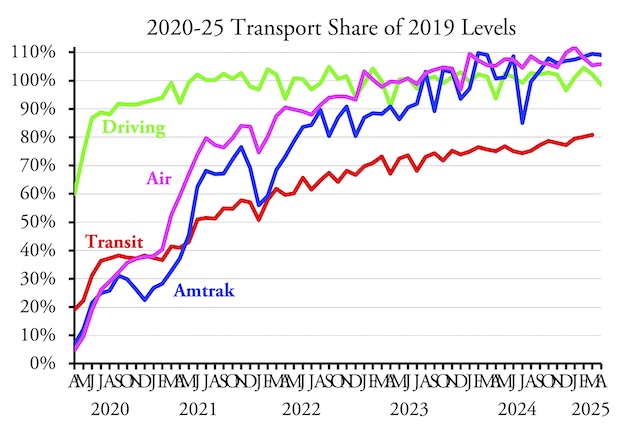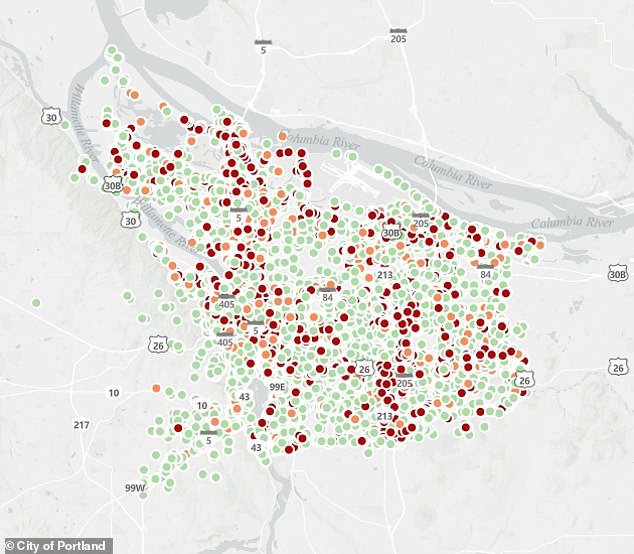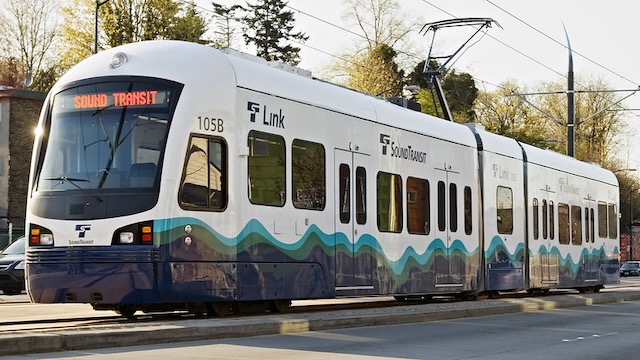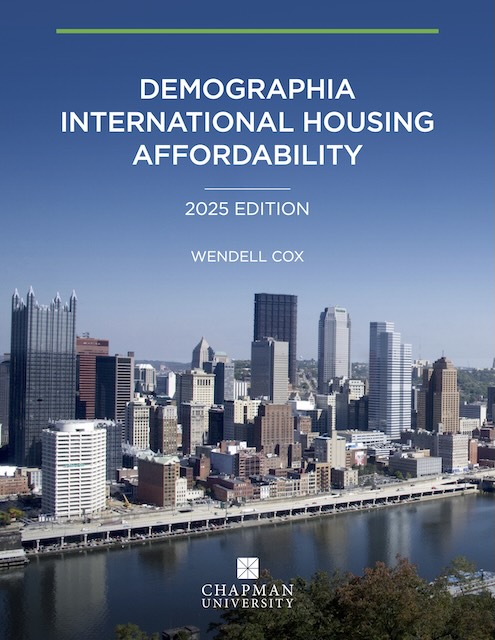America’s transit systems provided 96.3 percent as much service in April 2025 as they did in the same month of 2019, yet carried only 80.6 percent as many riders, according to data released late last week by the Federal Transit Administration. This is slightly less than the percentage of 2019 riders they carried in March.
Transit ridership as a share of pre-pandemic riders dipped slightly in April.
Rather than scale back service to meet reduced ridership demand, transit agencies complain that they are suffering “deficits” that need to be made up for by taxpayers. While I would define “deficits” as “fares minus costs,” transit agencies define them as “fares plus existing tax revenues minus costs.” Continue reading




 This map shows homeless camps identified by the city of Portland. Colors indicate the risk of crime each camp supposedly poses to nearby neighborhoods.
This map shows homeless camps identified by the city of Portland. Colors indicate the risk of crime each camp supposedly poses to nearby neighborhoods. 








